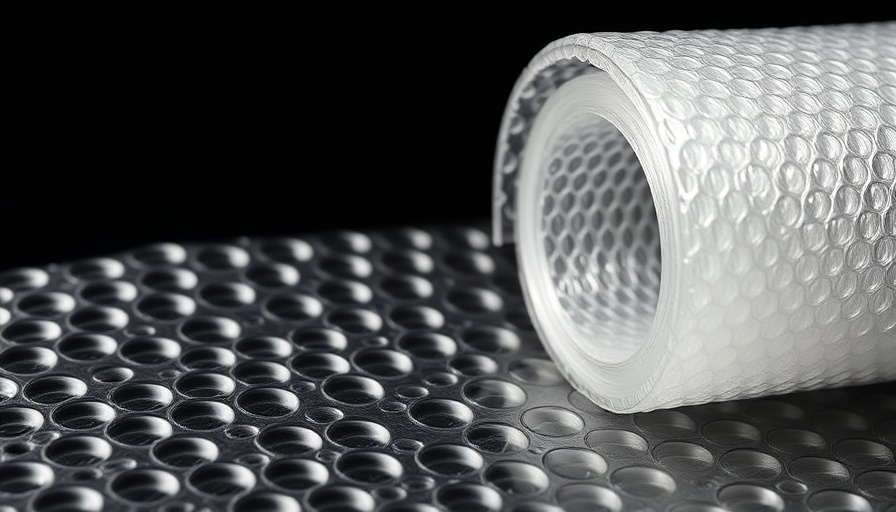
Why Knowing Bubble Wrap Basics Matters for Your Move
Have you ever wondered why only one side of bubble wrap is poppable? It's an interesting feature of this seemingly simple packing material that can have a significant impact on how safely your fragile items are transported. Many people assume that having bubble wrap is enough to protect their valuables during a move, but this is simply not true. Understanding the correct way to use bubble wrap is crucial, especially if you want to ensure the safety of your delicate belongings while saving time and effort during the moving process.
The Science Behind Bubble Wrap
The unique design of bubble wrap is no mere coincidence. According to Ross Sapir, founder and CEO of Roadway Moving, the construction of bubble wrap consists of two sheets of plastic. One sheet is molded with air-filled bubbles, while the other is flat and used to seal those bubbles in place. This thoughtful design allows for effective cushioning, as the bubbles serve to absorb shocks and vibrations that could harm fragile items.
Additionally, using the flat side for the outer layer offers easier stacking, handling, and overall better organization during a move. It's a small detail, but one that makes a world of difference when you're trying to keep your items safe.
How to Properly Use Bubble Wrap
To maximize the benefits of bubble wrap, here are the correct steps to follow:
- Lay the bubble wrap on a flat surface, bubble side up.
- Center the item you want to protect on the bubble wrap sheet.
- Completely encase the item, ensuring that the bubbles touch it, providing cushioning against any impacts.
- Secure the wrapped item using packing tape.
- If you're dealing with extra fragile items, consider double wrapping them for added protection.
- Finally, place your wrapped items in a box with additional cushioning material, such as packing peanuts या crumpled paper.
Common Mistakes to Avoid
Even those experienced in packing sometimes slip up. Here are a few common mistakes to avoid when using bubble wrap:
- Using the Wrong Side: As previously mentioned, the bubble side should face inward, directly against the item being wrapped. This ensures optimal cushioning and minimizes the risk of damage.
- Not Securing Properly: Failing to use adequate tape or not wrapping tightly can leave items vulnerable during transport.
- Skipping the Box: While bubble wrap is essential for cushioning, placing unprotected items directly in a vehicle without a sturdy box can lead to scratches and breaks.
Future Trends and Innovations in Packaging
As technology develops, the world of packing materials is likely to evolve. Innovations in sustainability have led to the creation of eco-friendly bubble wrap alternatives that are biodegradable or made from recycled materials. This is great news for those conscious about their environmental footprint. Moreover, we can expect improvements in design that may include enhanced cushioning or added features for better usability.
Your Next Steps for a Successful Move
Armed with this information about bubble wrap, your next steps should involve assessing what materials you have for your move. Ensuring you have high-quality bubble wrap and understanding how to use it correctly can make all the difference in protecting your treasured possessions. Whether you're moving locally or across the country, the investment in quality packing supplies is worth it.
So, before your next big move, double-check your packing strategy. Are you using bubble wrap properly? Delve into these techniques, and your items will thank you!
 Add Row
Add Row  Add
Add 




Write A Comment